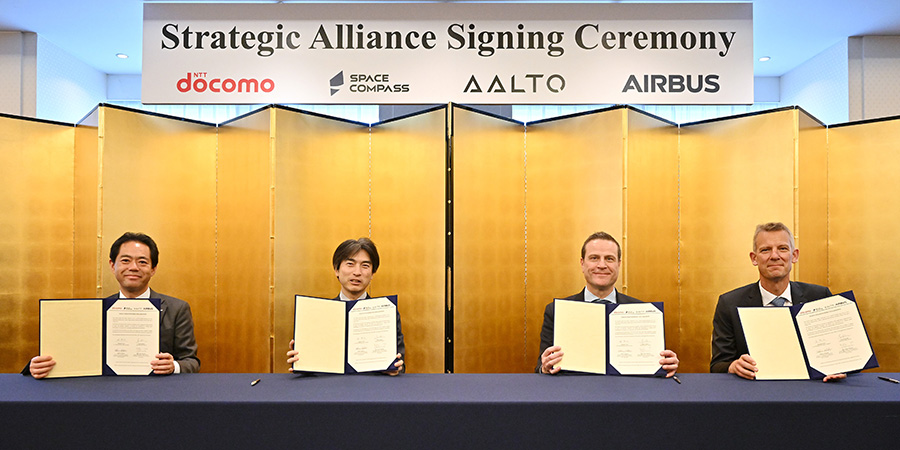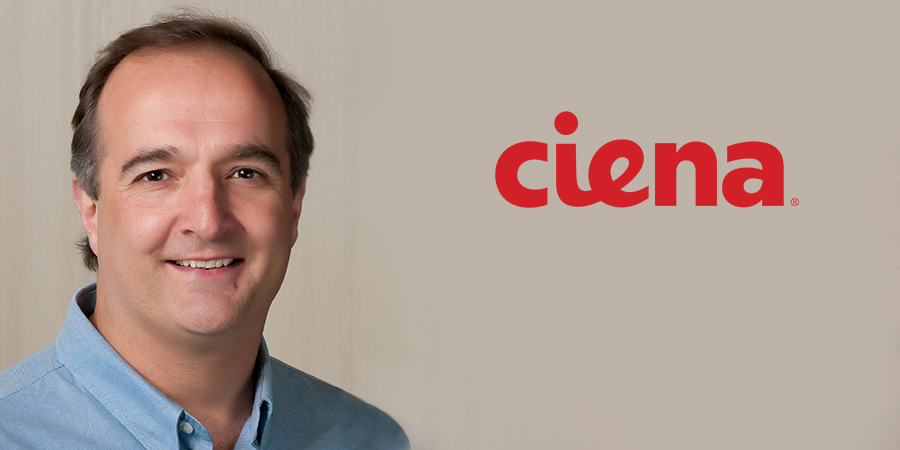NTT DOCOMO, Inc. and Space Compass Corporation, together with Mizuho Bank Limited and the Development Bank of Japan Inc. have announced plans to invest USD 100 million in AALTO’s Zephyr High Altitude Platform Station (HAPS), which will aid in the commercialization of connectivity and earth observation services using HAPS in Japan and across Asia.
In an exclusive interview with Telecom Review Asia, Samer Halawi, CEO of AALTO HAPS, elaborated on how the investment will enhance Zephyr’s technological capabilities, and how it will support the next phase of the development.
How does this investment accelerate the industrial and commercial roadmap for Zephyr?
AALTO has been in discussions with this consortium for a while now, focusing on how to collaborate effectively by bringing different areas of expertise into the project. When Airbus—a renowned aircraft company—started this venture, the aim was to launch telecom services and Earth observation services from the stratosphere.
AALTO was seeking the right partner to assist in building the telecom services, including the payloads, back office, and the OSS/BSS systems required to offer the HAPS technology. With the right partner, the company can achieve better results compared to building everything from scratch. We have found the best partner to accomplish this goal through NTT DOCOMO and Space Compass.
How will this partnership with leading Japanese businesses and NTT DOCOMO drive the success of Zephyr? What are the potential impacts in the region?
NTT DOCOMO has a strong commitment to innovation and is a leading mobile operator that invests heavily in R&D. They have established a company called Space Compass, a joint venture between NTT and Sky Perfect JSAT, which integrates terrestrial and satellite technologies. NTT DOCOMO has a unique vision for non-terrestrial networks (NTN), showcasing a level of maturity in this area that many other companies have yet to achieve.
HAPS is a significant part of “NTT DOCOMO’s multi-orbit, NTN strategy”, making the partnership mutually beneficial. NTT DOCOMO brings extensive expertise, vision, and drive, along with the ability to envision multiple use cases for HAPS. These use cases include coverage expansion, greenfield coverage, reduction of coverage white spaces in Japan, and, importantly, disaster recovery and management. Given Japan’s frequent natural disasters, HAPS technology has the potential to play a very important role in disaster mitigation and management.
With Japan taking a leading position in HAPS-based networks, what unique opportunities and challenges do you foresee in the commercialization and deployment of HAPS technology in Asia?
Japan’s investment significantly validates two aspects. Firstly, it confirms the value of the technology that has been developed. Having worked with the team for some time, NTT DOCOMO has embarked on a partnership that recognizes the current stage of the technology’s development and its progress on the technology roadmap. Secondly, it highlights a substantial market opportunity. The focus extends beyond technology alone to encompass how it can be monetized and serve a market in an economically viable way. Thus, the investment also validates the business model, signaling that there is something really interesting and pioneering about this type of technology in the world.
What are the key strategies that AALTO plans to undertake as it moves into the next phase of development?
The plan over the next two years involves accelerating several key initiatives. Firstly, there will be further technological development, primarily focusing on the payload and the services to be offered.
Secondly, the establishment of AALTOPORTs, which are the equivalent of airports for launching and landing aircraft. The first AALTOPORT is currently being established in Kenya, with plans for additional ports to provide access to the stratosphere.
Thirdly, efforts will be directed towards driving the certification process by mainly working with the UK Civil Aviation Authority (CAA) to achieve type approval for global operations. Concurrently, work is ongoing with the European Union Aviation Safety Agency (EASA), the Federal Aviation Administration (FAA), and different national civil aviation authorities. Alongside these efforts, AALTO will increase testing, demonstrate capabilities to different customers, and conduct missions for existing clients.
The ability of the HAPS technology is particularly interesting because it combines terrestrial-like technical capabilities with satellite-like, wide-area coverage. Moreover, it offers unparalleled economics, aligning technological capabilities with market needs. Most importantly, the entire operation is environmentally friendly, as it is emission-less, fuel-free, and not dependent on rocket launches. This is something we are very proud of. The expansion is currently extending from the UK to Japan and Kenya, with plans to reach even further globally.







